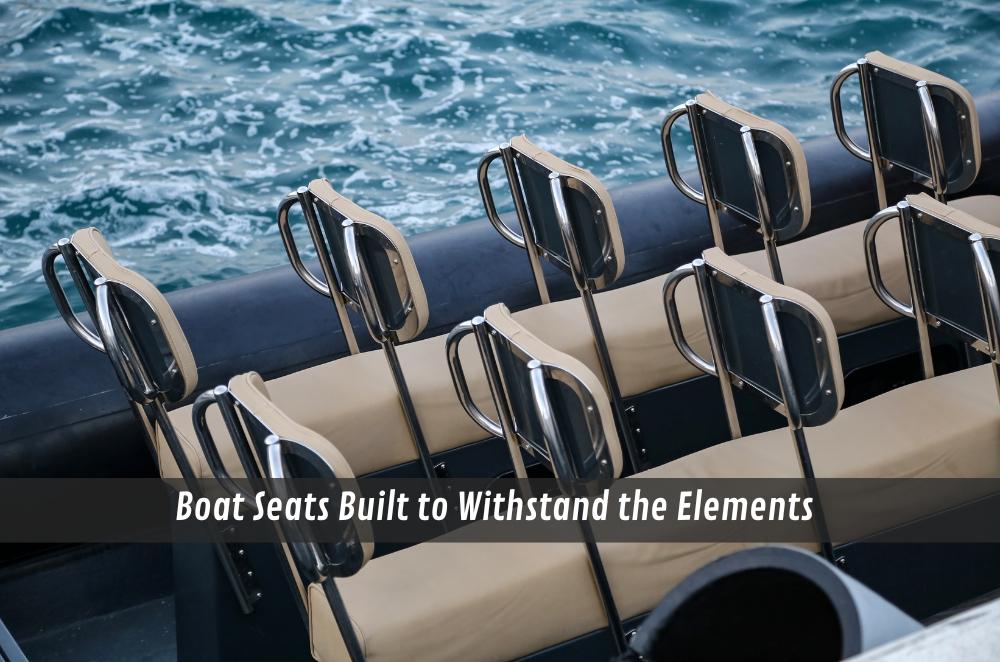Boat Seats Built to Withstand the Elements

Boat seating isn’t just about comfort; it’s about control, posture, and fatigue on long, lumpy runs. When we’re swapping out cracked cushions or rethinking the cockpit layout, the first call often shapes the rest: the seat. A folding boat seat clears space when the deck’s busy, then locks in when it’s time to drive. Frames need to stay stiff, hinges quiet, foam springy after a hard weekend. Salt creeps in fast, so hardware has to hold its own. Vinyl UV ratings, stitching that doesn’t split, and solid mounts decide if a “deal” ends up as a nuisance or a perch we never think twice about. That’s the goal.
What makes a seat hold up offshore?
A seat lasts offshore when it’s built with a rigid frame and weather-proof materials. Anything less won’t see you through more than a season.
The base does the heavy lifting with mounting plates that don’t flex, stainless fixings that won’t crumble, and pedestals that hold steady when you lean into a swell. Foam should bounce back, not pancake flat. Hinges and latches matter more than most think: fold it down for fishing, flip it up for the helm, and it should feel tight every time. Offshore, support isn’t luxury; it’s control when the boat’s being thrown around. For deeper context, tap durable marine seats.
-
Pick UV-stable vinyl rated for harsh sun
-
Choose stainless hardware over coated steel
-
Keep hinge play tight; avoid rattles
-
Match pedestal height to driving posture
How should we size and position seating?
Seats should be sized and positioned so we’ve got clear sightlines and a relaxed driving stance. Height, legroom, and posture come first.
On smaller decks, footprint matters but chopping width can ruin comfort. Always sit with your lifejacket on because the bulk changes everything. Shared helms call for sliders and flip-up bolsters so skippers of any height can see over the bow. Folding backs pull double duty: up for travel, flat for casting. If you trailer often, weight counts as lighter frames make life easier without giving up strength.
-
Aim for eye line above windscreen frame
-
Leave swing room around throttle and wheel
-
Use sliders for multi-skipper crews
-
Keep fold clearance for rod work
Which materials actually fight salt and sun?
The best protection against salt and sun comes from UV-treated marine vinyl, closed-cell foam, and stainless or well-coated hardware. These are the bits that separate lasting seats from disposable ones.
Stitching usually fails first. Cotton blends don’t cut it, but UV-treated polyester thread does. Drainage is another quiet must-have because water should run out, not soak in and fester. After a long run, a rinse and flip-up to dry works better than any spray or cover. Simple habits keep gear alive. Seats built with proper marine-grade seating materials shrug off sun and salt, while bargain shortcuts rarely make it past a season.
Conclusion
Boat seats aren’t extras; they shape how safe, steady, and comfortable we feel on the water. Choosing rigid frames, UV-ready vinyl, and dependable hinges saves us from endless repairs and aches. When sized and set up right, they balance control with comfort, giving long days at sea a different feel. In the end, seats that withstand the elements aren’t just about looks; they’re solid investments in time spent boating without the hassle.








